Project: Mini Traffic Signal
Sometimes you need to think small before you can think big
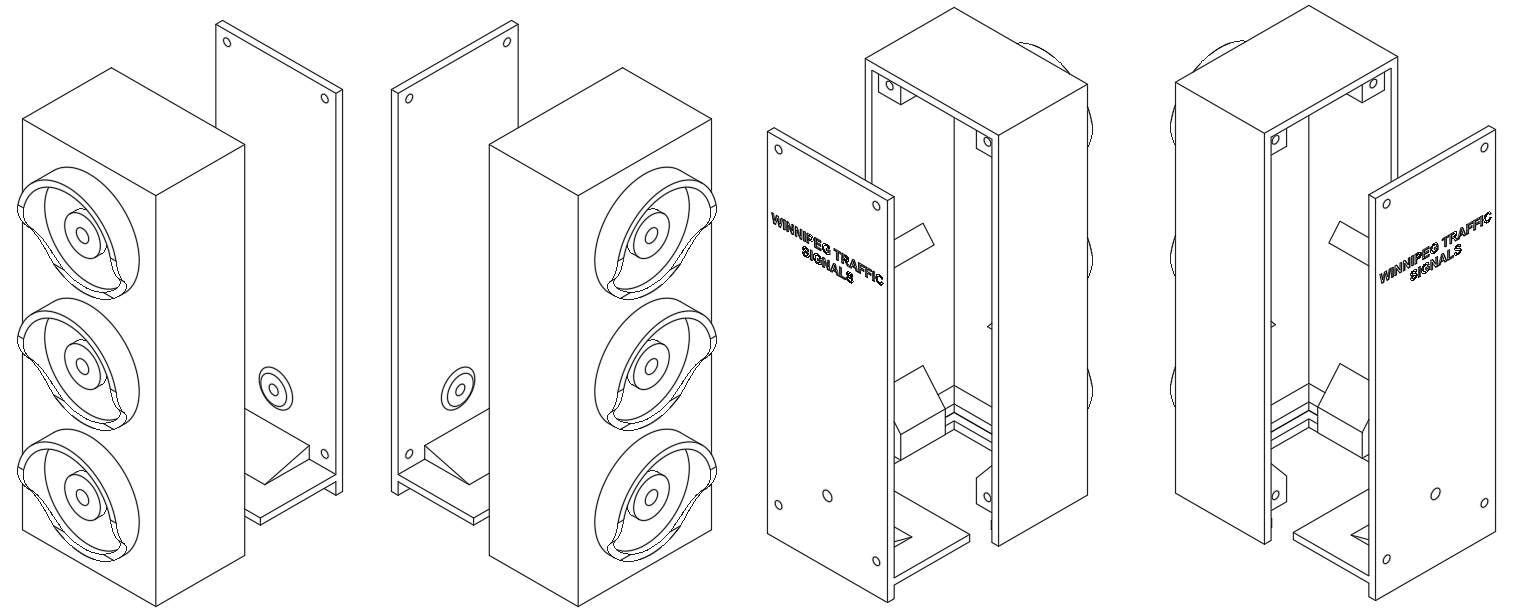
the idea
During my time at Winnipeg Traffic Signals, I had the unique opportunity to develop a skill set that goes beyond what most students typically encounter. As I wrapped up various project work, which involved a multitude of reports and the creation of the Winnipeg Traffic Signals Design Guidelines, I was presented with a special summer project. This endeavor involved crafting ten operational mini traffic signal desk models, designed for educational display.
The project's scope was comprehensive, covering design, electrical engineering, budgeting, model testing, manufacturing, and quality assurance. The goal was to create a model that could be conveniently plugged into a standard USB port, run continuously, exhibit robustness, and resemble a genuine product.
The journey commenced with designing the model itself. It needed to be 3D printed with minimal support requirements, maximize filament efficiency, and incorporate a friction-fit backing and LED slots. After approximately five design iterations, a model meeting all these criteria was successfully developed.

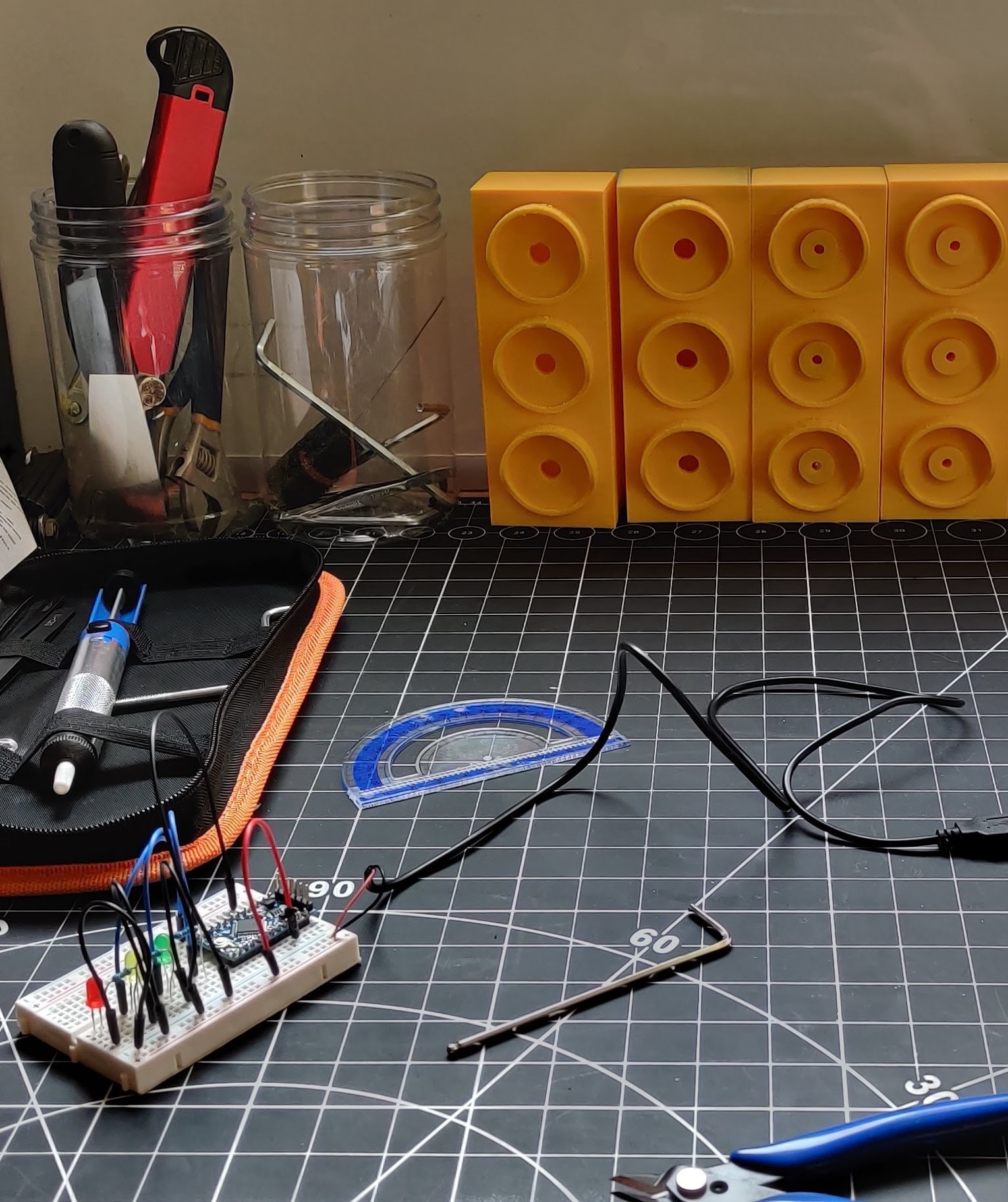
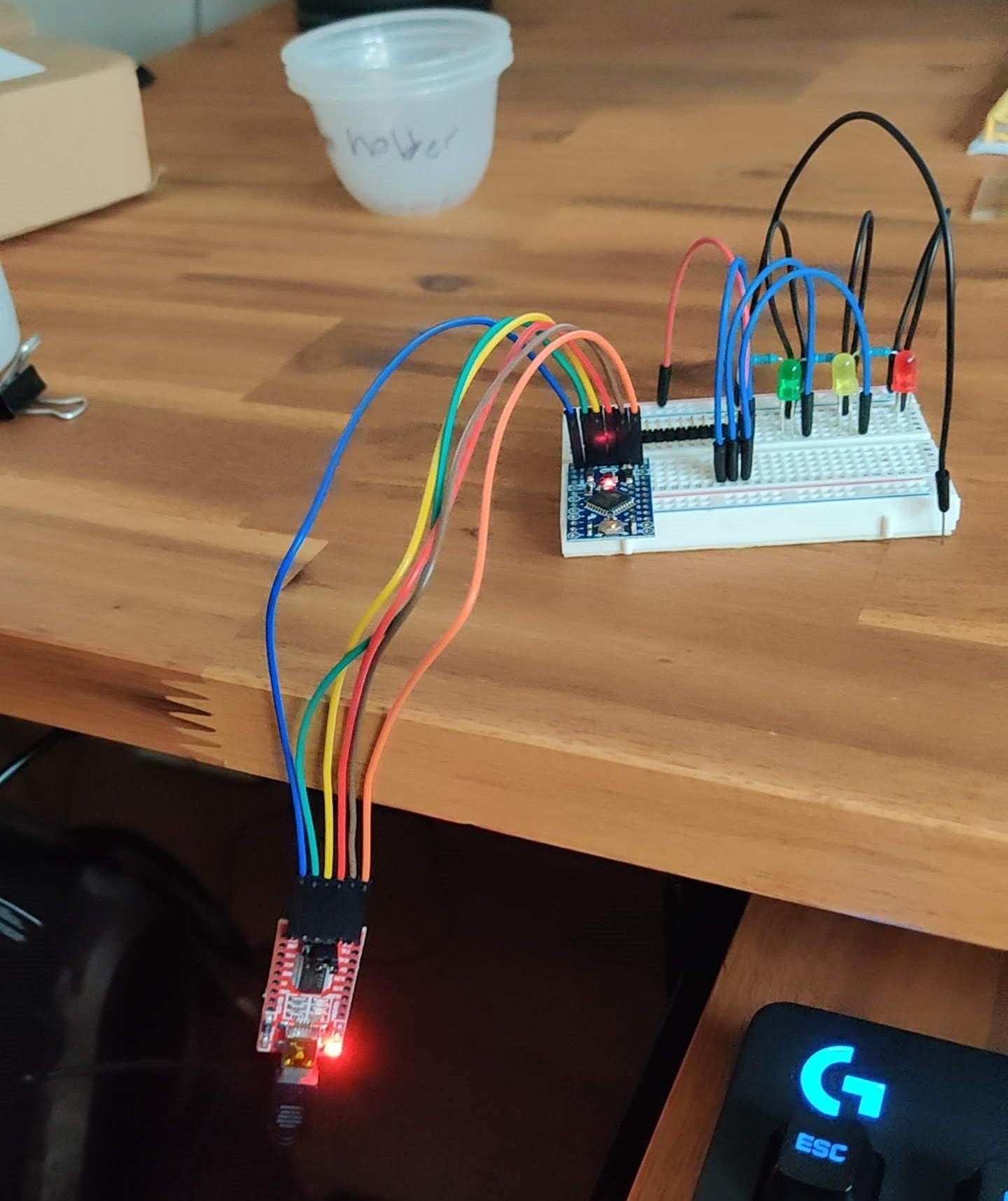
Electrical
To breathe life into these mini signals, I opted for 10 Arduino Minis that could be powered via a standard USB cable connected to a computer. The models featured red, green, and yellow LEDs. I then authored a program for the Arduino, enabling the models to cycle through various signal patterns typical of real intersections, including Red-Yellow-Green, flashing yellow, and flashing red. Replicating this electrical configuration was the next step, which needed to be repeated nine more times.
Challenges
This project provided immense fulfillment and valuable insights. It delved into supply chain management and the intricacies of manufacturing processes, emphasizing the impact of potential delays caused by late arrivals of components. Given the tight one-month timeline for the project, meticulous planning and execution were crucial. The experience underscored the importance of iterative design, especially in the context of 3D printing.
While the project might seem brief, it required a substantial time investment, with an unwavering commitment to precision. As inconsistencies among models were visually noticeable, a keen eye for detail was paramount. Additionally, much time was devoted to sourcing materials economically to align with required delivery dates. A setback arose when ordering Arduinos, which were lost in transit via a third-party shipper, setting the project back by approximately two weeks.
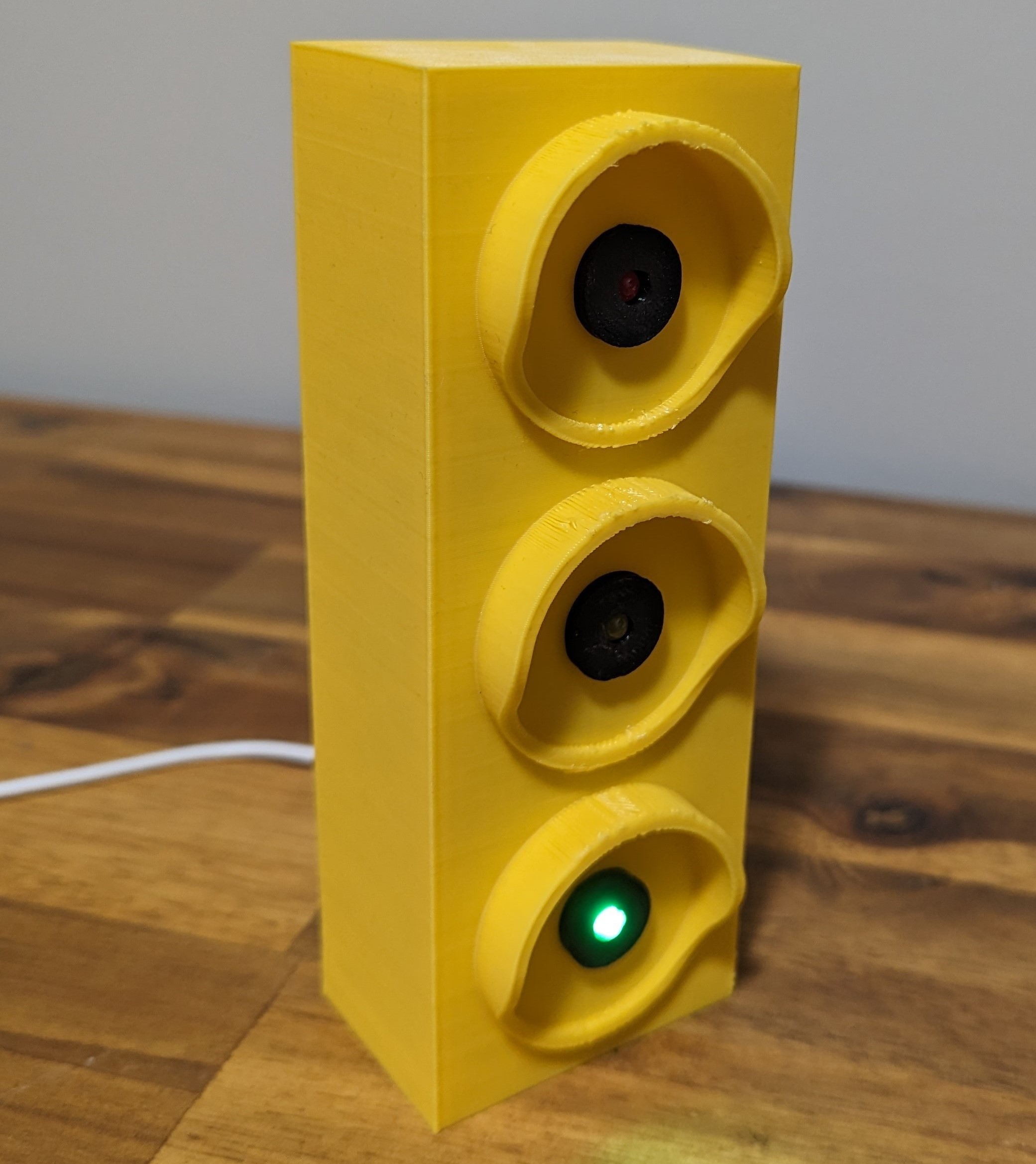
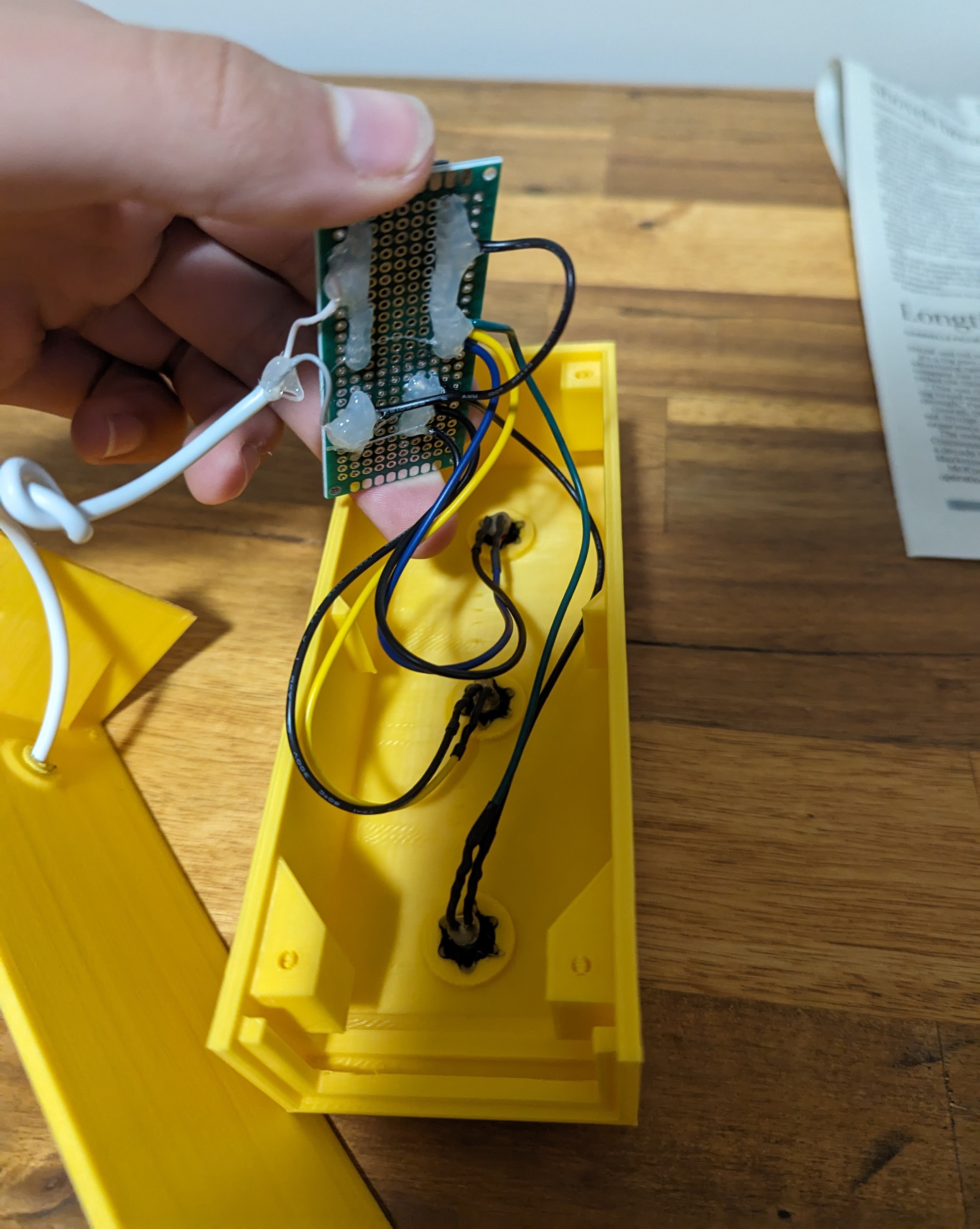

Lesson Learned
In retrospect, this project served as an exceptional learning experience. Although I may not have immediate future plans for a similar project, the skills honed during this undertaking are invaluable. The hands-on knowledge gained in design, electrical engineering, supply chain management, and problem-solving have broad applications in numerous projects and endeavors. This unique endeavor has not only enriched my skill set but also provided insights that will continue to be applicable in various future challenges.